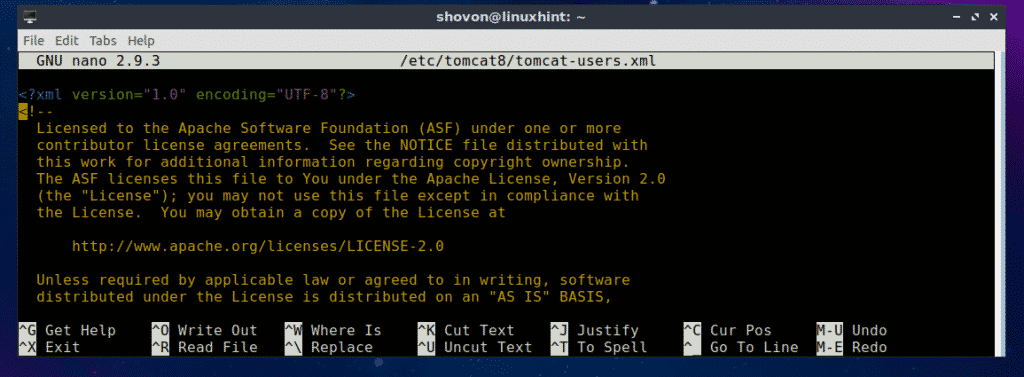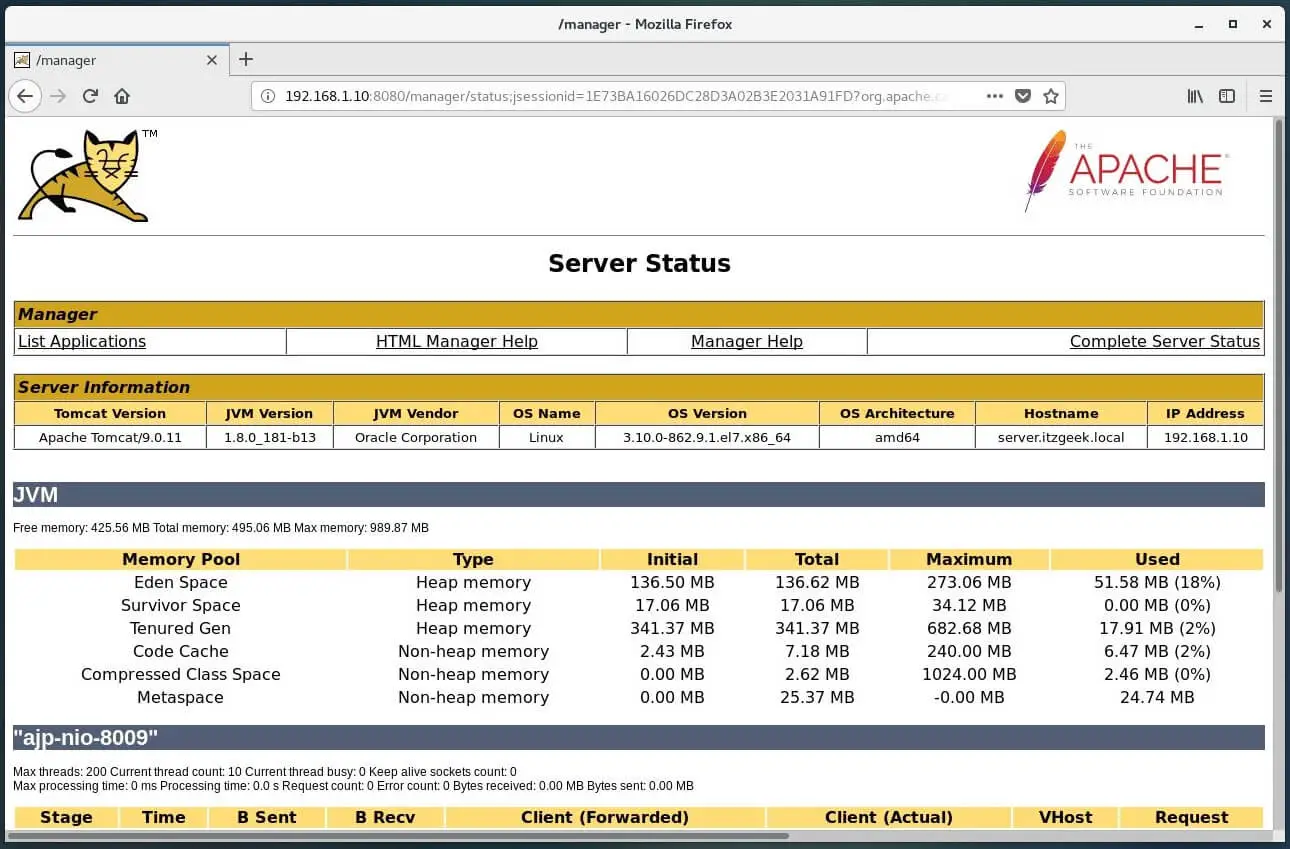

Please be notified that the ports recorded below are just examples, and your particular ports may vary. The steps explained below can be applied to configure the environment correctly. Tomcat environment configuration is the most complex part of this process. Once installed, you can test that Ubic is running and that Tomcat is enabled for the user with this command (from the root level): su - $username -s /bin/bash -c 'ubic status ea-tomcat85' Tomcat Environment Configuration If you are applying CloudLinux, then you will also need to run the below commands (from the root level) to add Java to the CageFS mounts: cagefsctl -addrpm tzdata-javaĬagefsctl -force-update 2.

su - $usernameĮcho "export PATH=$(dirname $(readlink /usr/local/cpanel/3rdparty/bin/perl)):$PATH" > /home/$username/.bashrc a. The below command can be pasted into the shell/terminal while logged with root access after replacing the $username with the right username. It needs the cPanel user to have shell access to the server including the write permissions to the users /home/$username/.bashrc file. Installation of Ubic for any given cPanel user is pretty reliable forward.
Download tomcat 8.5 rpm install#
Once the above action is complete, you can validate that Tomcat is enabled for the accounts /scripts/ea-tomcat85 list To Install Ubic 1. Use the below command, replicating for each user that requires Tomcat: /scripts/ea-tomcat85 add $username Next, we need to add support for Tomcat to the account(s) that will require it. To act, use the below command- yum install ea-tomcat85 rng-tools -y 2. To Install the Tomcat RPMįirstly, we need to install the ea-tomcat85 and rng-tools packages. home/example123/.bashrc Steps for Installing Tomcat 1.

In the below examples, $username specifies the username linked with the individual cPanel account. Here, all instructions are implemented as though you were logged into the server through SSH as the root user, or are working on WHM’s Terminal (WHM > Server Configuration > Terminal). Ġ 00:45:44.313 INFO .AprLifecycleListener.lifecycleEvent APR/OpenSSL configuration: useAprConnector, useOpenSSL Ġ 00:45:44.320 INFO .AprLifecycleListener.This tutorial drives through the method of installing Tomcat 8.5 with private instances. Ġ 00:45:44.313 INFO .AprLifecycleListener.lifecycleEvent APR capabilities: IPv6, sendfile, accept filters, random. If all goes well, you should be able to see this in the outputĬat /opt/apache-tomcat-8.5.16/logs/catalina.out | moreĠ 00:45:44.312 INFO .AprLifecycleListener.lifecycleEvent Loaded APR based Apache Tomcat Native library using APR version. LD_LIBRARY_PATH=$LD_LIBRARY_PATH:$CATALINA_HOME/lib Vi /opt/apache-tomcat-8.5.16/bin/setenv.sh A new file will be created if not present already. The last step is to set up the environment so that apache tomcat runtime can find the native libraries.Īdd the entries below into the setenv.sh file. config -fPIC -prefix=/opt/software/ -openssldir=/opt/software/Ĭd /opt/apache-tomcat-8.5.16/bin/tomcat-native-1.2.12-src/native/ Install the development tools for building the various libraries Sudo yum install -y jdk-8u141-linux-圆4.rpm Wget -no-check-certificate -no-cookies -header "Cookie: oraclelicense=accept-securebackup-cookie" You can install it in any directory that you like. we will install them in a directory called /opt/softwares.
Download tomcat 8.5 rpm portable#
The native library requires openssl and APR (Apache portable runtime).
Download tomcat 8.5 rpm code#
The native source code is in the bin directory. For everyone else, use whatever user you want the tomcat to run as.ĭownload apache tomcat. This is where we will install the tomcat instance. If you are on an amazon box then login as root and change directory to /opt.The steps were performed on an AWS EC2 instance (Amazon Linux), but should work on most of the linux systems. If you are using Apache Tomcat in production then it would be good to install Apache Tomcat native library as it has some optimizations for production use. Steps to install apache tomcat native and its dependencies


 0 kommentar(er)
0 kommentar(er)
